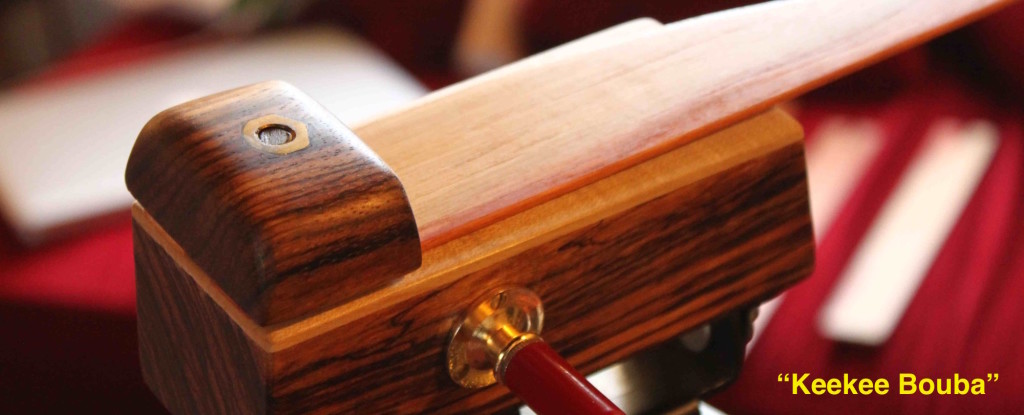 “Personally, for my conceptions, I need an entirely new medium of expression; a sound-producing machine (not a sound-reproducing one). Today it is possible to build such a machine with only a certain amount of added research”.
“Personally, for my conceptions, I need an entirely new medium of expression; a sound-producing machine (not a sound-reproducing one). Today it is possible to build such a machine with only a certain amount of added research”.
Edgard Varèse (1939)
The conception of musical instruments – their sonic image in the minds of those who build them and develop the resulting sound – includes the way in which they should be heard physically. At times the listening context is implicit (the orchestra, for example, nearly always performs in places that are destined for it), while at other times the context is suggested by the work itself. Chamber music, another common listening model, differs from symphonic music partly in terms of the performing space for which it is intended, even though concert organisers tend to stage them both in the same kind of venue. Moreover, working as we do today with musical means that may be new or only partly explored, we compose sound by developing it directly on the instrument and only later defining it in a score; we imagine the sound in an ideal listening context, and, if necessary, we couple it with a specific technical system.
With the evolution of lutherie, and with the availability of amplification, these considerations acquire even greater importance, and musical instruments openly reveal their nature as apparatus: they no longer correspond merely to the products of craftmanship that we are familiar with (violins, flutes, and so on), but represent a more complex system, made up of every device necessary for the transmission and reception of the sounds produced. A portion of the repertoire from the second half of the twentieth century and beginning of the twenty-first has, for example, introduced us to the properties of amplification, which have been slowly integrated into the domain of written music. We know that amplification allows us to act almost directly on the volume of sound, changing the usual balance of ensembles; that it enhances the microproperties of spectrum, making them more available for composition; and that it also creates the conditions for working with sound perspective.
Thus evolved or amplified, instruments reveal their true nature as devices. That which in a score, for the sake of brevity, I sometimes label “violin” in fact corresponds to a system composed of several parts, all of them necessary: in Krummholz, for example, it encompasses a violin whose strings have been tuned to a specific scordatura, a glove with thimbles, a miniature microphone, and a linked amplification system. All this constitutes the instrument.
The evolution of lutherie is closely related to the notion of a complex system, of an apparatus, and replaces that of “simple instrument”. Research into apparatus facilitates the development of a musical imaginary freed from the idea of the “simple instrument”. Such research introduces methods, technical ideas, parameters and criteria that enhance expressive potential, leaving more space for a direct and competent staging of one’s own musical identity.
© 2016, giovanni verrando
Translation: Laura Davey
versione italiana
senza famiglia – lutherie & composition